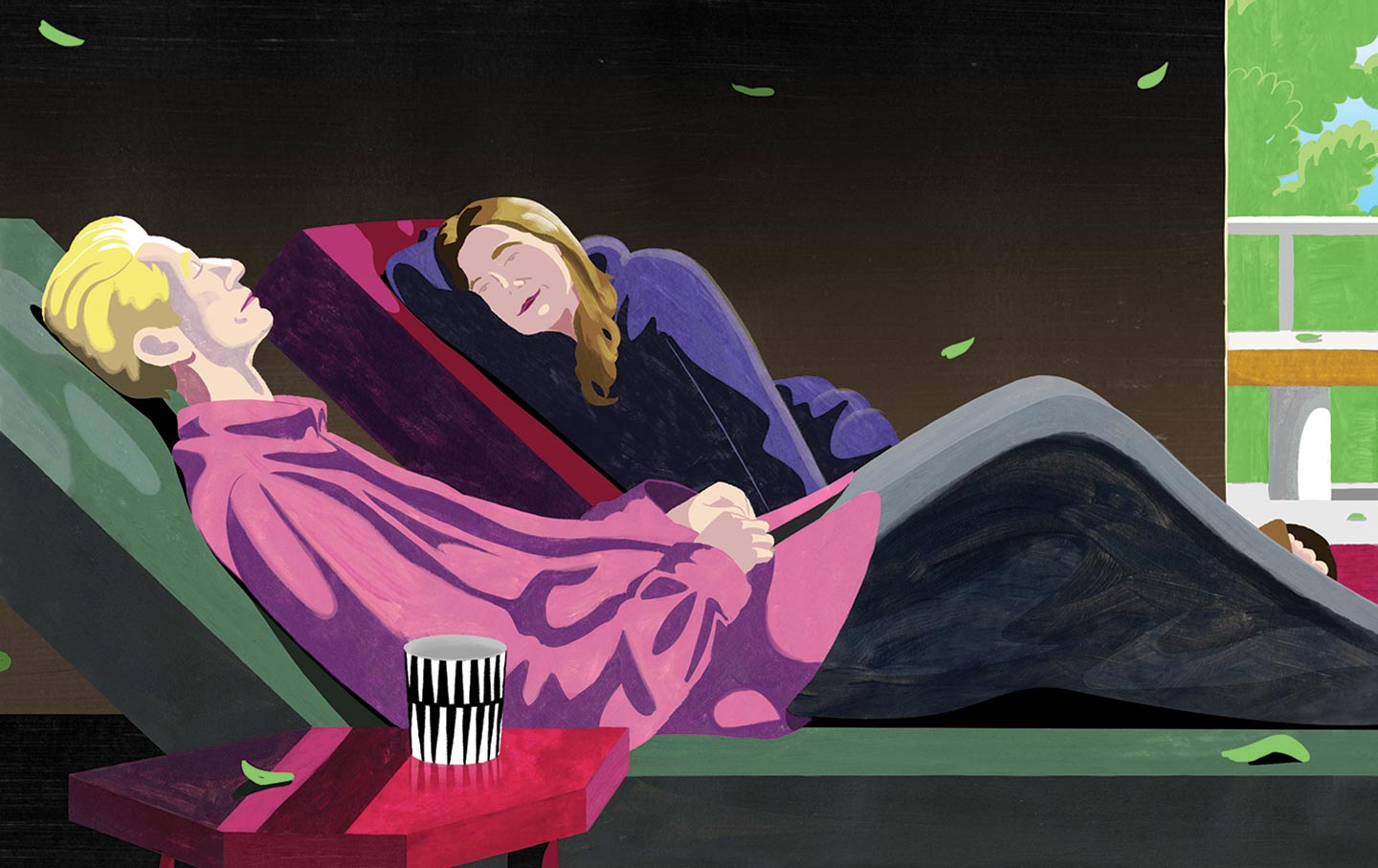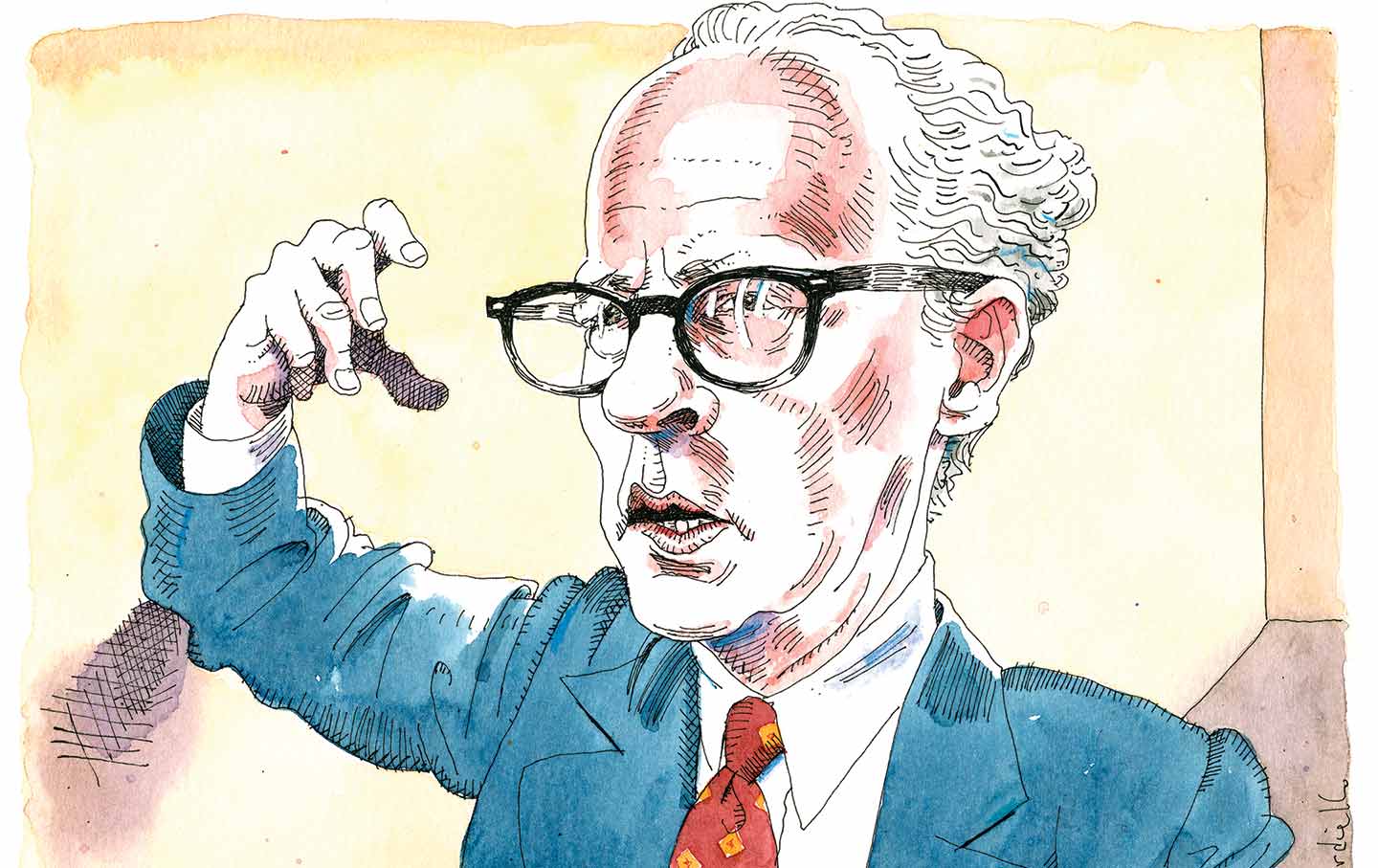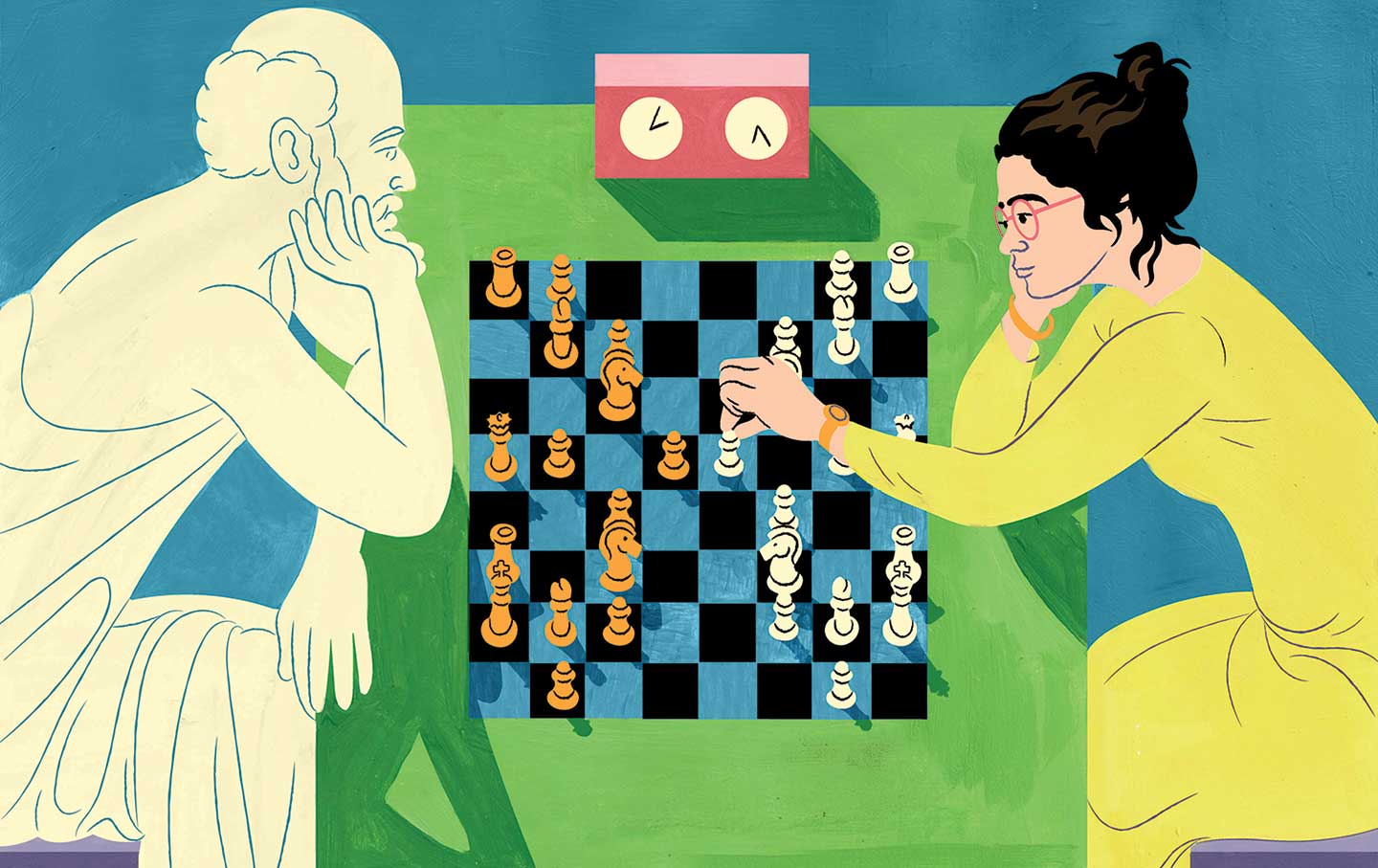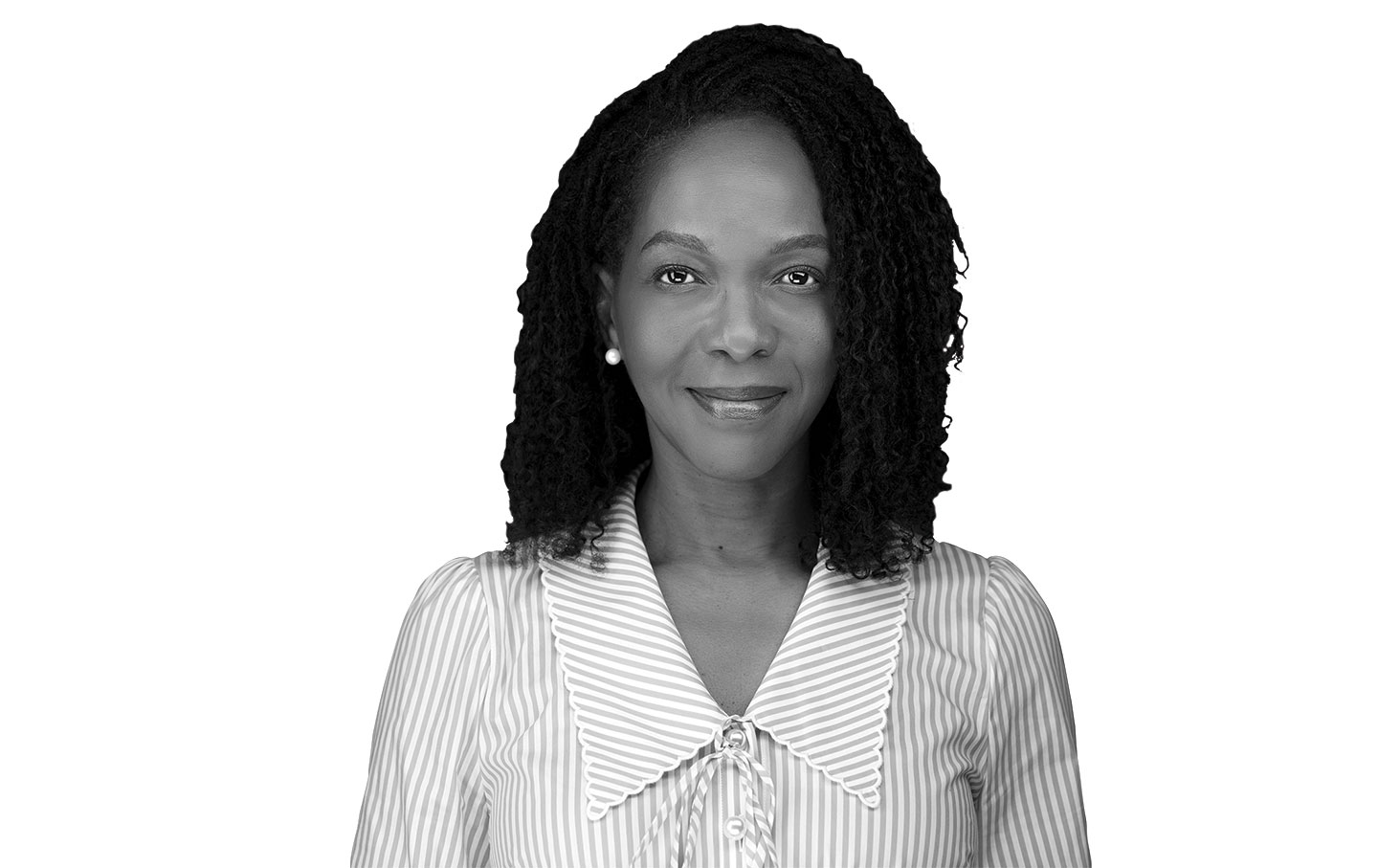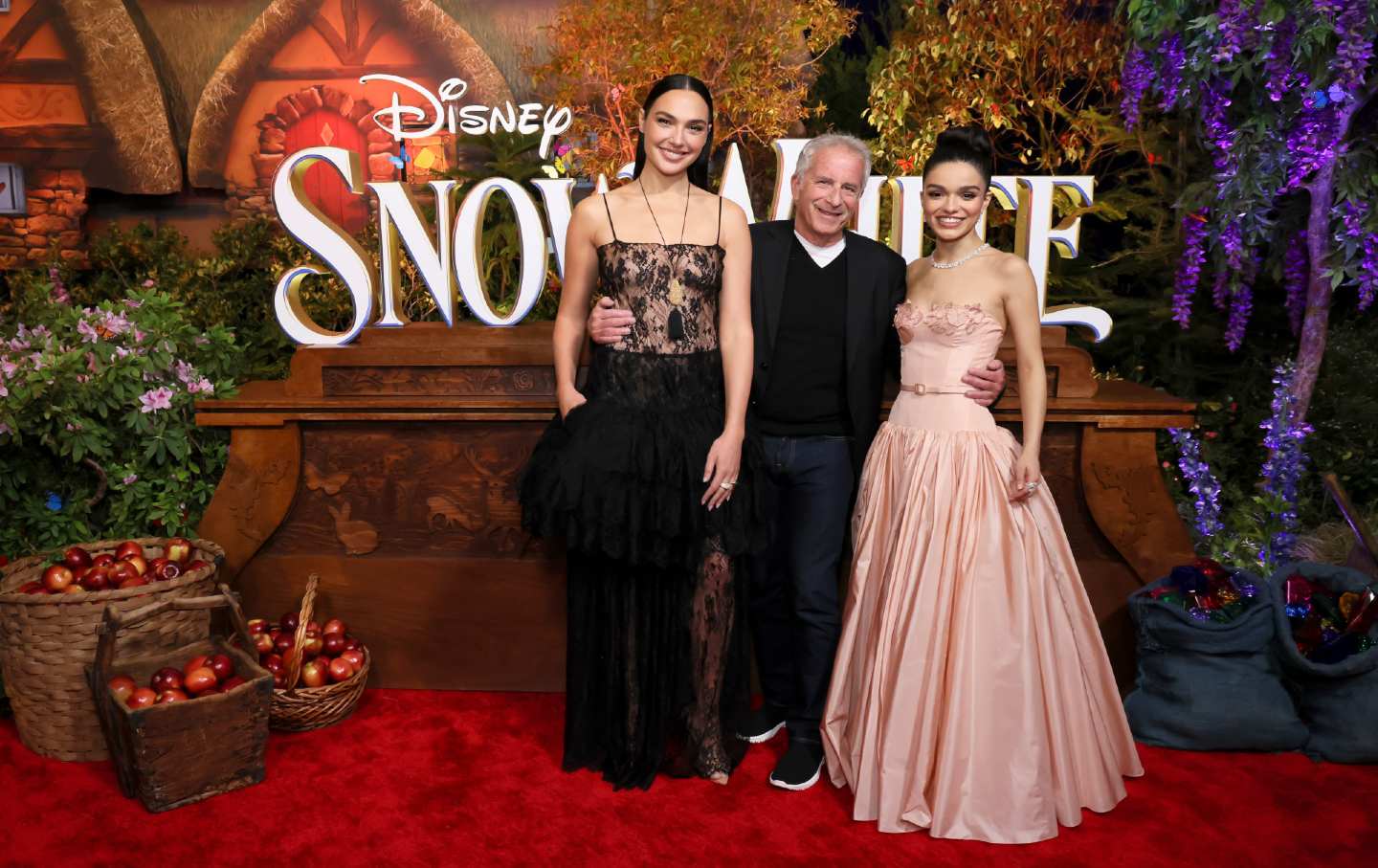Once Upon a Time in Artforum
Once Upon a Time in “Artforum”
Artists and critics are polarized—and under great pressure from both sides of the conflict between Israel and Hamas.
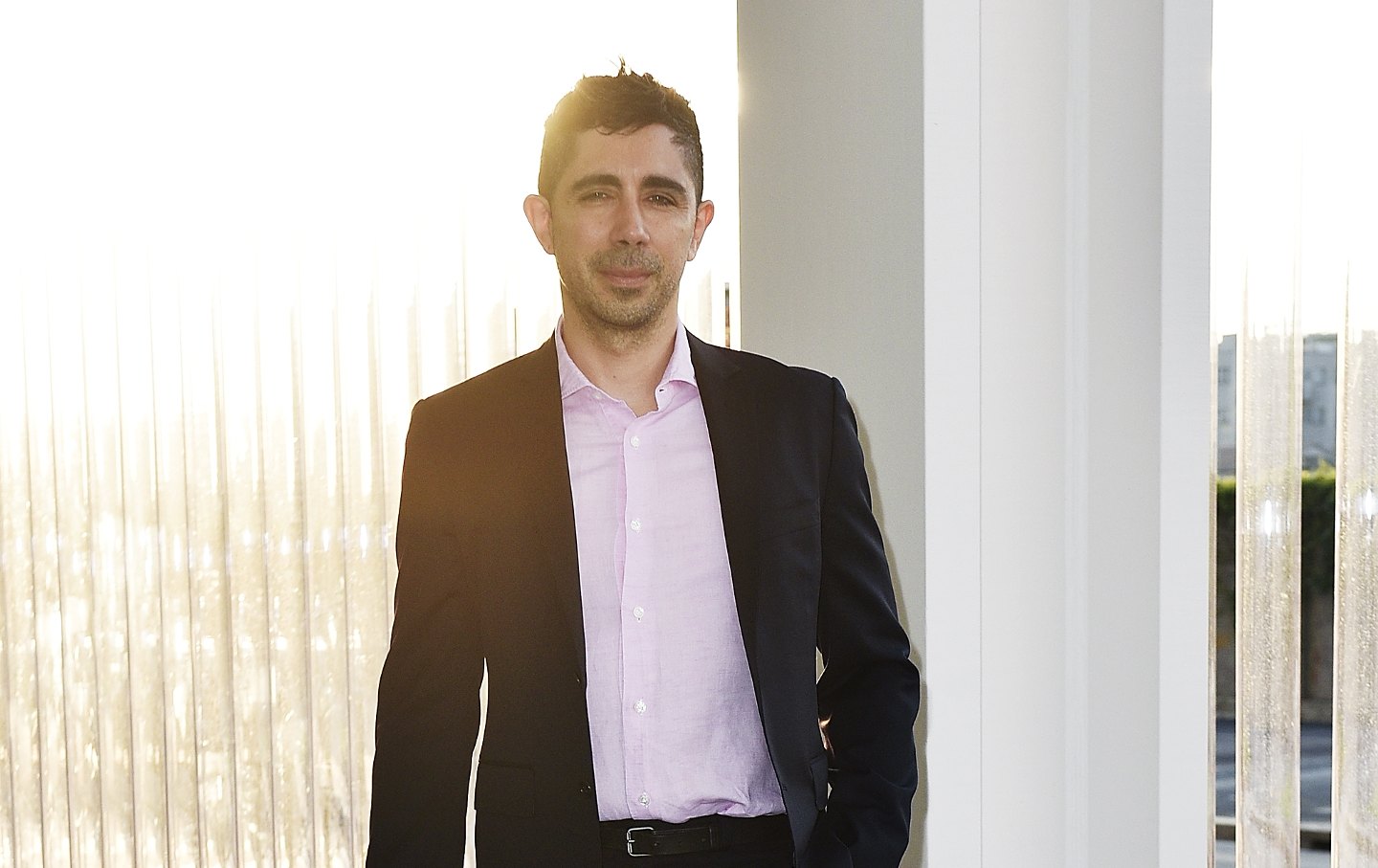
I wasn’t asked to sign the open letter with some 8000 signatures (but anonymous in authorship) published on Artforum’s website on October 19, denouncing Israel’s brutal attack on Gaza and calling for an immediate cease-fire and humanitarian aid to Gaza. If I had been, I’d have refused. Not out of disagreement with the views expressed, but on account of a glaring omission: no mention of Hamas or the murders and kidnappings for which it had been responsible on October 7.
Presumably, all that was meant to be covered under the abstract and anodyne statement, “We, the undersigned, reject violence against all civilians, regardless of their identity,” but many readers would see in this silence a tacit admission that certain victims are more mournable than others, and that those who are Jewish come only as an afterthought. I assume that’s not what the great majority of the signatories had in mind. The letter shows every sign of having been composed in haste. And I suspect that in many cases it was signed in haste too—with a feeling that the situation was urgent, desperate, and that something, anything had to be voiced aloud in response.
The demand to take sides has been a rising drumbeat. A week before Artforum published the open letter, for instance, the Artnet journalist Katya Kazakina had published a denunciation of art institutions that had not spoken up for Israel: “Why are the Jews being slaughtered and the art world turns a blind eye—and goes on shopping at Frieze London as if nothing happened? Where is the solidarity? Where is the empathy? Where is the moral compass?” But just as the letter in Artforum had passed over Israeli victims in silence, Kazakina had not a word to say about the destruction being rained down on the inhabitants of Gaza, nor about the sufferings they’d endured during more than a decade and a half of Israeli blockade.
The day after the open letter posted, Artforum published a brief and measured response to it, signed by the gallerists Dominique Lévy, Brett Gorvy, and Amalia Dayan. Then another letter was circulated, also gathering thousands of signatures (among them those of Lévy, Gorvy, and Dayan) denouncing the actions of Hamas without mentioning Israel’s disproportionate and pitiless response, though likewise with a bland expression of sympathy for “innocent civilians—both Israeli and Palestinian.”
Today, our politics are more polarized than they’ve been for generations. The art world is no different. Everyone is on the alert for the presence of an enemy. Few remember that we produce enemies by treating people as such. The situation is summed up by the art dealer Alberto Mugrabi, as quoted by Kazakina: “We are seeing who is with us and who is not.”
Kazakina’s suggestion was that museums fear losing the patronage of wealthy Muslim donors from the Middle East if they openly support Israel. But precious few museums can expect such support in any case. More plausibly, an article by Daniel Boguslaw and Natasha Lennard in The Intercept cites a pressure campaign by American Jewish collectors to tamp down artists’ expressions of support for Palestine. But the subhead to that article made a claim not substantiated in the article itself: “The editor who published the letter in Artforum was fired after the wealthy art patron Martin Eisenberg’s behind-the-scenes push.”
Yes, Artforum’s editor was fired on October 26, a week after the magazine published the open letter denouncing Israel, which the editor, David Velasco had also signed. (Here I need to say that I have been a contributor to Artforum for more than 30 years, and a part-time editor for it since 1999, and that Velasco was the best editor the magazine has had in that time.)
My work as a freelancer doesn’t give me much access to the inner workings of the magazine—it’s been years since I’ve even set foot in its office. But staff members speaking anonymously have assured me that Velasco was fired not for his views but for declining to take responsibility for circumventing the magazine’s established editorial process to post what should have been a news item as if it represented the views of Artforum as a whole. But to the world at large, Velasco is now a martyr to free speech, and widespread calls to boycott the magazine put its future at risk.
I quickly realized that my connection to the magazine would have made it impossible to do the kind of disinterested reporting required to explore this story in detail. But even as a common reader I could see that The Intercept’s article did not support the suggestion in its subhead that Eisenberg’s efforts to get artists to rescind their signing of the letter had any causal connection to Velasco’s firing. Nor do I believe his signing of the open letter was the reason. Velasco was not silenced or censored: The letter remains on the Artforum website for anyone to read, though now headed by the statement, “The following letter reflects the views of the undersigned individual parties and was not composed, directed, or initiated by Artforum or its staff,” and with an addendum, dated October 23 and attributed to the letter’s (still anonymous) authors, expressing their “revulsion at the horrific massacres of 1400 people in Israel conducted by Hamas on October 7th” and “hope for the expeditious release of all hostages.”
Was anyone touched by those belated words of sympathy? It was too late. In a situation that’s all about finding out who’s with you and who’s not, second thoughts don’t count for much. Look at social media: On one side are those who pronounce all those who disagree with them vicious antisemites; on the other are those who say that anyone who thinks differently than they do is promoting colonialist terror. The same people who proclaim the need for “critical perspectives” in their work lives refuse to recognize perspectives other than their own in their political lives. Artforum is now seen by many as having betrayed Velasco’s stance in favor of Palestine, and therefore to be boycotted—treated as an enemy.
Last year, I reviewed (for Artforum) an exhibition by Nicole Eisenman that included a big, imposing painting of a protest gathering, a group portrait, The Abolitionists in the Park (2020–21). As a political painting, I noted, it was different from historical precedent: “Rather than functioning as an impassioned plea on behalf of victims—like Géricault’s Raft of the Medusa, 1818–19, or Picasso’s Guernica, 1937—or a rousing call for a new social compact based on cross-class alliances, such as Delacroix’s Liberty Leading the People, 1830, Eisenman’s piece celebrates the solidarity of the like-minded.”
Eisenman’s theme was the camaraderie of the friends—of the righteous. And at the center of the friend group was David Velasco. The open letter he signed may have no consequence in the world where artists’ opinions are of no concern to Netanyahu and Hamas, but it enabled some people to gather virtually as friends in agreement. Did they understand how close at hand they would also find foes?
Popular
“swipe left below to view more authors”Swipe →We seem to be witnessing the breakdown of a modus vivendi that’s made possible the art world as we’ve known it. We can’t quite see it yet, but artists on the one hand, and the collectors and patrons of their work on the other, are no longer willing to overlook the fundamental incongruence of their respective sympathies and world views. How strange it is that wealthy businessmen have been sponsoring the efforts of artists who imagine their work as a critique of neoliberalism, racism, and colonialism—and that neither side of this compact seems to have noticed it until now?
The real significance of the Artforum debacle may lie not in the fate of the magazine but in the possibly unhealable breach the furor represents between those who pay the piper and those who play the tunes. The other day, desolately messaging with a curator friend about all this, I tried some graveyard humor: “There could be a cease-fire in Gaza,” I wrote, “before there’s one in the art world”.
“That’s about the only thing to make me smile,” he responded, but I wasn’t smiling.

